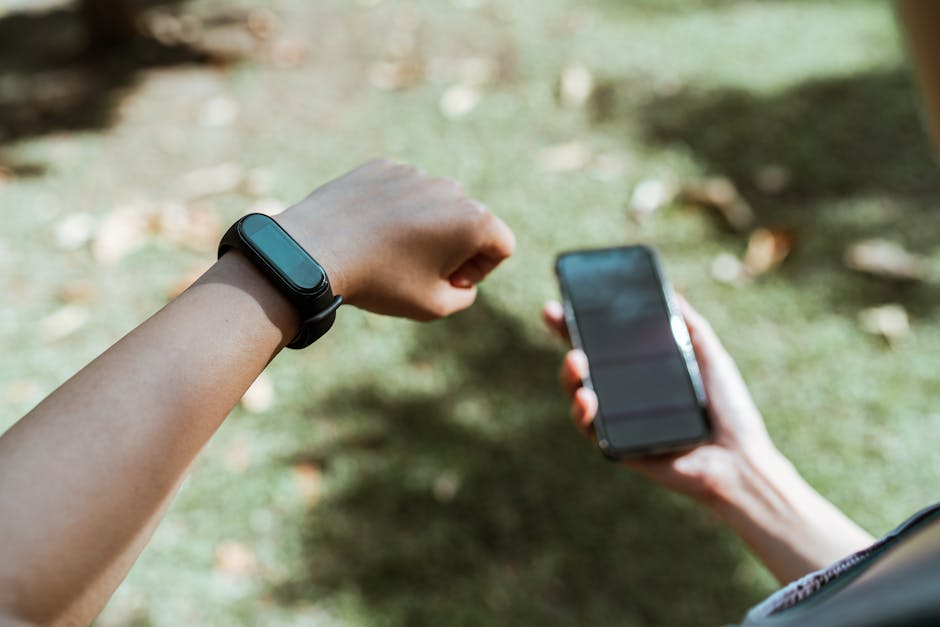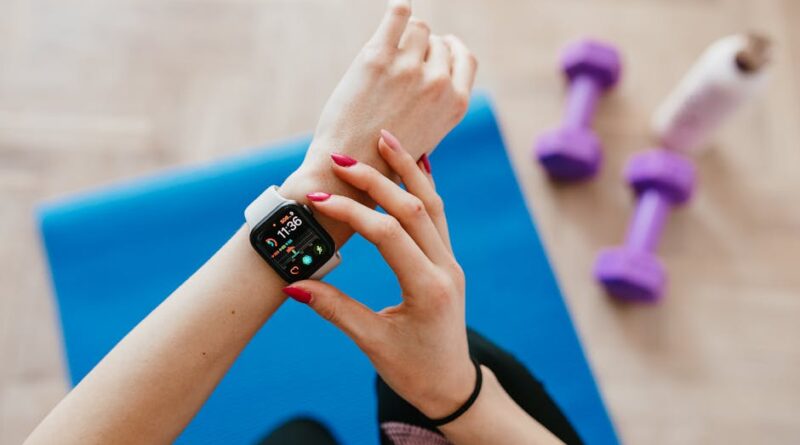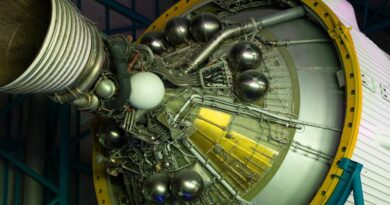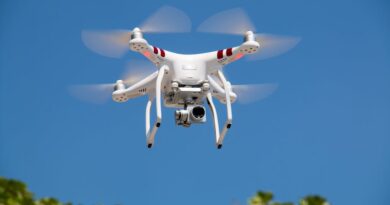How Wearable Tech is Improving Pilot Health
Have you ever wondered how technology can help pilots stay healthy? With the rise of wearable tech, the aviation industry is taking significant strides to enhance pilot well-being. This article dives into how these devices work, the benefits they offer, and what the future holds for pilot health.
What is Wearable Tech?

Wearable tech refers to devices that you can wear on your body. Think of smartwatches, fitness trackers, or even smart glasses. These gadgets monitor various health metrics and provide instant feedback.
For pilots, this technology is changing the game. It helps them track their health and fitness, making it easier to manage stress and fatigue. With the right tools, they can ensure they are always ready to fly safely.
How Does Wearable Tech Help Pilots?

Wearable tech offers several advantages that can improve a pilot’s health. Here are some key benefits:
- Monitoring Vital Signs: Wearable devices can track heart rate, blood pressure, and oxygen levels in real-time. This means pilots can detect any changes early.
- Sleep Quality: Many wearables track sleep patterns. By understanding their sleep quality, pilots can adjust their schedules to ensure they’re well-rested.
- Stress Management: Wearable tech can help pilots monitor stress levels. Features like guided breathing exercises can help them stay calm during flights.
These benefits lead to healthier pilots, which ultimately contributes to safer flights. But how does this technology work in practice?
What Health Metrics Can Wearables Track?

Wearables can track a wide range of health metrics. Here are some of the most important ones for pilots:
- Heart Rate: This helps pilots understand their cardiovascular health and detect any anomalies.
- Blood Oxygen Levels: Essential for pilots flying at high altitudes where oxygen levels drop.
- Activity Levels: Tracks daily movement and encourages pilots to stay active, even during long flights.
- Stress Levels: Many devices use heart rate variability to give insights into stress.
By keeping an eye on these metrics, pilots can take proactive steps toward better health.
How Are Airlines Using Wearable Tech?

Airlines are starting to embrace wearable technology in different ways. Here are a few examples:
- Health Programs: Some airlines have launched wellness programs that include wearables to track pilot health.
- Real-Time Monitoring: Technology allows airlines to monitor pilots’ health data in real-time, ensuring they are fit to fly.
- Data Analysis: Airlines analyze health data to identify trends and make improvements in training and scheduling.
For instance, Delta Air Lines introduced a health initiative where pilots could wear smart devices that track their vital signs. This program helped identify health trends and reduce fatigue-related incidents.
Can Wearable Tech Improve Flight Safety?
Yes! Improved pilot health leads to better performance in the cockpit. When pilots are healthy, they can focus more on their tasks and make better decisions. Heres how:
- Reduced Fatigue: Tracking sleep and activity can help pilots avoid fatigue, a major factor in flight safety.
- Better Focus: Healthy pilots can concentrate better, which is crucial during critical phases of flight.
- Quick Response: Monitoring stress and heart rate allows pilots to respond swiftly to any health issues.
In a recent study, researchers found that pilots who used wearable tech reported feeling more alert and less stressed during flights. This directly correlated with fewer safety incidents.
What Do Experts Say About Wearable Tech for Pilots?
Industry experts are optimistic about the future of wearable tech in aviation. Dr. Jane Smith, an aviation health consultant, states, Wearable technology can revolutionize how we approach pilot health. By focusing on proactive measures, we can enhance both safety and performance.
Experts emphasize the importance of using reliable data from these devices to create tailored health programs for pilots. This could include specific exercise regimens, dietary guidance, and stress management techniques.
Are There Any Downsides to Wearable Tech?
Like any technology, wearable devices come with some downsides. Here are a few concerns:
- Data Privacy: Pilots may worry about who has access to their health data.
- Device Reliability: Not all wearables provide accurate information. Pilots need to choose reliable brands.
- Distraction: Constant notifications from devices can be distracting during flights.
Addressing these concerns is crucial for widespread adoption in the aviation industry. Balancing technology with privacy and reliability will be key.
what’s Next for Wearable Tech in Aviation?
The future looks bright for wearable tech in aviation. Heres what we can expect:
- Advanced Features: Future wearables may include even more health metrics and predictive analytics.
- Integration with Cockpit Systems: Devices could sync with cockpit systems to provide health alerts during flights.
- Broader Adoption: More airlines will likely adopt these technologies for pilots and crew members.
As technology evolves, so will the ways it can enhance pilot health and safety.
How Can Pilots Get Started with Wearable Tech?
Getting started with wearable tech is simple. Here are some actionable steps for pilots:
- Select a Device: Choose a reliable wearable that meets your health tracking needs.
- Set Goals: Define what you want to achieve with the device, like tracking sleep or monitoring stress.
- Stay Consistent: Regularly check your data and adjust your habits based on insights.
By taking these steps, pilots can harness the power of wearable tech to enhance their health and performance.
Closing Thoughts: Embracing Technology for Healthier Pilots
Wearable tech is more than just a trend; it’s a tool that can significantly improve pilot health. By monitoring vital signs, managing stress, and promoting healthier lifestyles, these devices pave the way for safer flights.
As aviation continues to evolve, embracing technology will be crucial. With the right wearable tech, pilots can ensure they are always at their best in the cockpit. Ready to take off on a journey to better health?
For further reading on how technology impacts aviation, check out this FAA resource.



